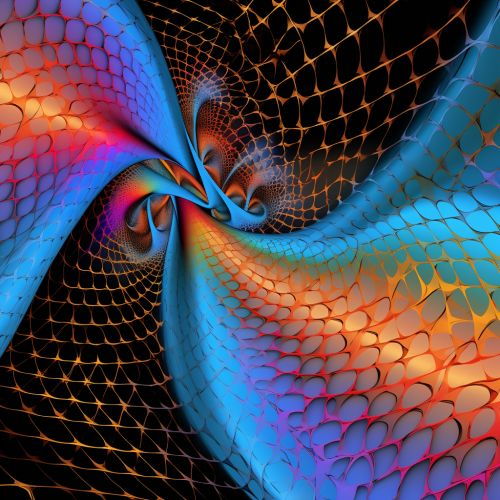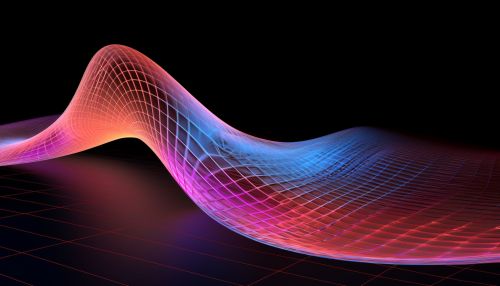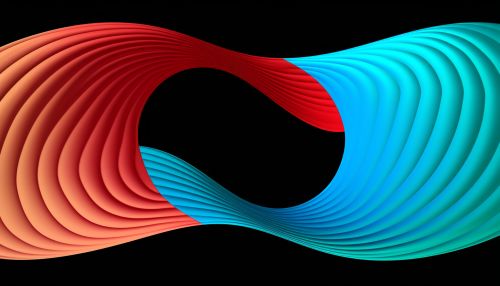The Physics of Quantum Parity
Introduction
Quantum parity is a fundamental concept in the field of quantum physics, specifically in the study of quantum mechanics. It is a type of symmetry operation, which involves the inversion of spatial coordinates. In simpler terms, it is the transformation that changes the sign of the position vector, effectively mirroring the system through the origin.


Quantum Parity and Symmetry Operations
Symmetry operations are a crucial part of quantum mechanics. They are transformations that can be applied to a quantum system without changing its essential physical properties. Parity is one such symmetry operation. It is represented mathematically by the operator P, which acts on the wavefunction of a quantum system. The action of the parity operator can be expressed as Pψ(r) = ψ(-r), where ψ(r) is the wavefunction of the system.


Parity is a conserved quantity in quantum mechanics, meaning that the total parity of a system remains constant unless acted upon by an external force. This conservation law has significant implications for the behavior of quantum systems, particularly in the study of quantum states and quantum transitions.
Quantum States and Parity
In quantum mechanics, the state of a system is described by a wavefunction. The parity of a quantum state is determined by the behavior of its wavefunction under parity transformation. If the wavefunction remains unchanged under parity transformation (i.e., ψ(-r) = ψ(r)), the state is said to have even parity. Conversely, if the wavefunction changes sign under parity transformation (i.e., ψ(-r) = -ψ(r)), the state is said to have odd parity.


The parity of a quantum state has profound implications for the behavior of the system. For example, it determines the allowed transitions between quantum states. According to the selection rules of quantum mechanics, a transition between two states is only possible if the total parity of the system is conserved.
Parity Violation
While parity is a conserved quantity in most quantum systems, there are notable exceptions. In the 1950s, physicists discovered that the weak nuclear force, one of the four fundamental forces of nature, violates parity conservation. This phenomenon, known as parity violation, was a groundbreaking discovery that challenged the prevailing symmetries of the physical universe.


Parity violation has significant implications for the study of particle physics and cosmology. It has been used to explain the observed asymmetry between matter and antimatter in the universe, a phenomenon known as the baryon asymmetry problem.
Conclusion
Quantum parity is a fundamental concept in quantum mechanics, with far-reaching implications for the study of quantum states, quantum transitions, and the fundamental symmetries of the physical universe. Its study continues to yield new insights into the nature of quantum systems and the fundamental laws of physics.


